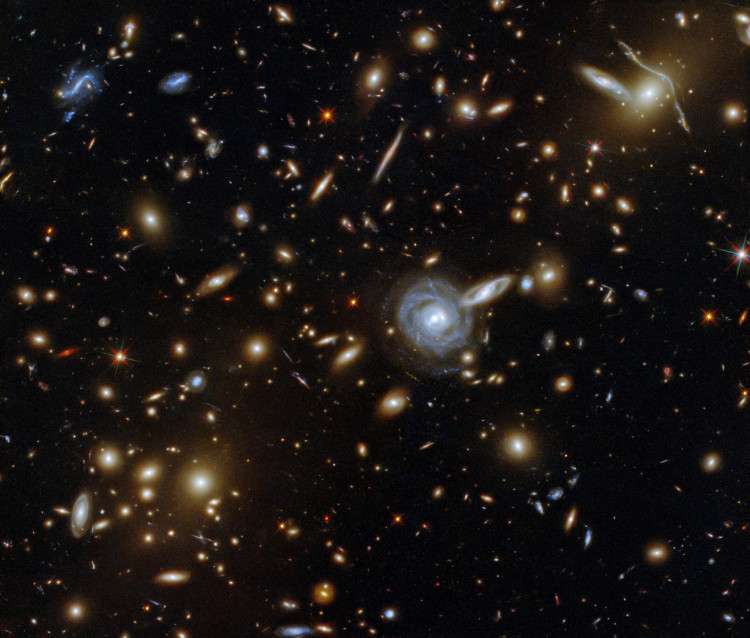NASA is working with SpaceX and billionaire astronaut Jared Isaacman to see whether a private mission could prolong the life of the renowned Hubble telescope.
Elon Musk's company and the Polaris Program, which is overseen by Isaacman, and NASA signed a contract on Thursday to examine the potential use of a SpaceX spacecraft to dock with the observatory and modify its orbit in an effort to extend its lifetime.
The new Hubble research will provide answers to a number of questions, including the cost and technological viability of such a trip. The main objective is to raise Hubble's height from its present value of 535 km to 600 km, which will bring it back to the altitude it was at its initial launch in 1990.
Hubble has been gradually losing altitude since the fifth and last servicing mission in 2009, and this process is projected to intensify as the telescope falls lower.
Patrick Crouse, the telescope's project manager, told reporters during a teleconference that in the absence of a re-boost mission, NASA may have to deploy a propulsion module to the telescope by the end of the 2020s. This would secure Hubble's safe reentry into Earth's atmosphere and landing in the Pacific Ocean.
Crouse believes that a Dragon mission to increase Hubble's altitude may add 15 to 20 years to the spacecraft's orbital lifetime.
Based on the Hubble telescope's ongoing orbital fall, NASA anticipates that it will be retired before the end of this decade. The agency says that the spacecraft is stabilized by three gyroscopes. NASA projects that Hubble may continue to function for an additional 15 to 20 years if it were relocated to a higher altitude, nearer to where it started its stay in orbit.
"It's wholly appropriate for us to look at this because of the tremendous value this research asset has for us as well as others," NASA's science chief Thomas Zurbuchen said.
According to Zurbuchen, the deal between NASA and SpaceX does not entail any "transfer of funds" and that "SpaceX are funding their own participation."
The deal comes after SpaceX and the Polaris Program-a series of private missions self-funded by Isaacman-contacted NASA about future Hubble Space Telescope servicing missions.
When he led a crew of four aboard SpaceX's Dragon on the Inspiration4 mission in 2021, Isaacman became the first private civilian to command an orbital spacecraft.
He hopes to push the boundaries of private space exploration farther with Polaris. The first Polaris mission, which will fly to an altitude of 1,400 kilometers and conduct the first private spacewalks, is scheduled for March 2023 on Dragon.



